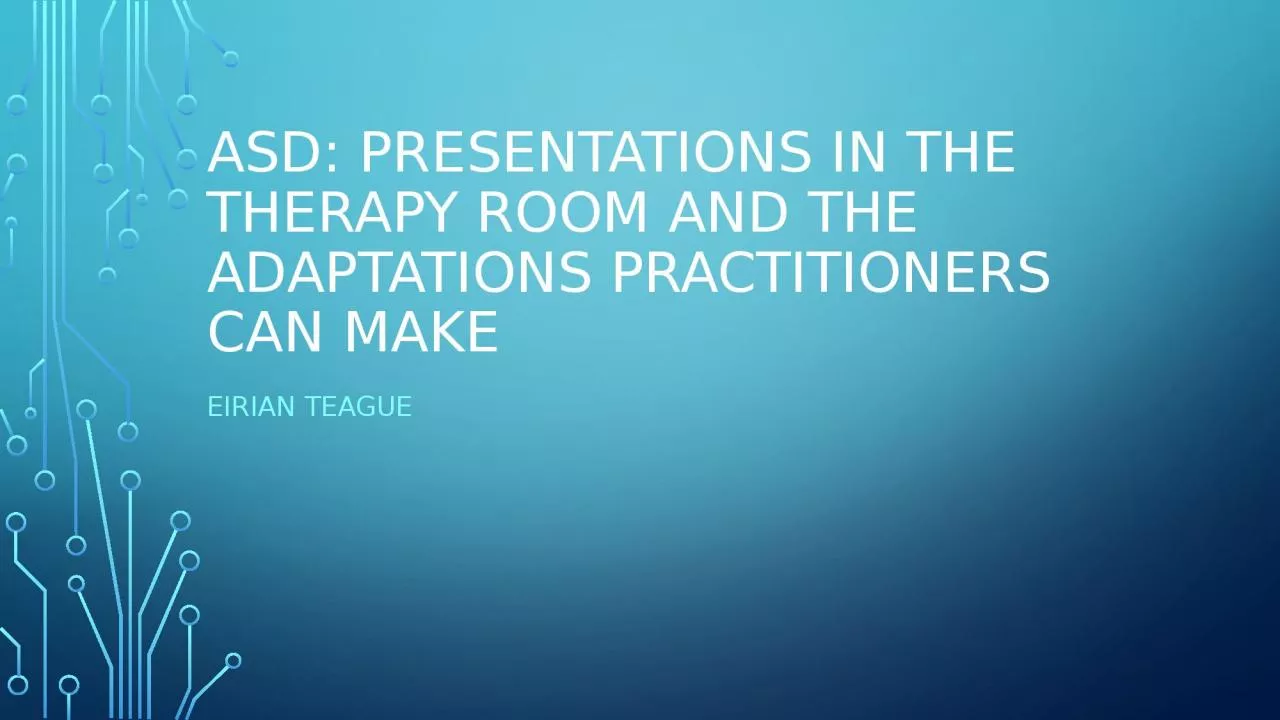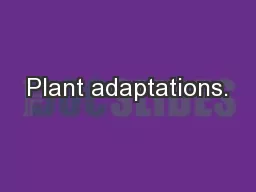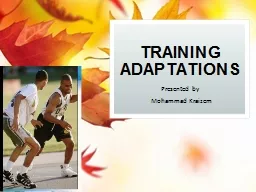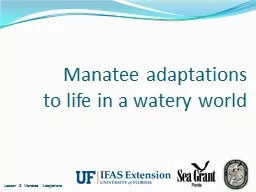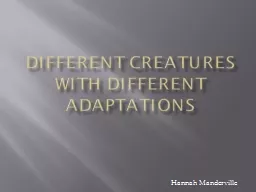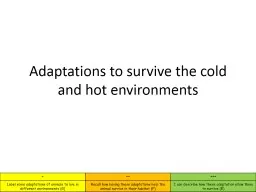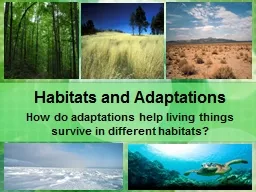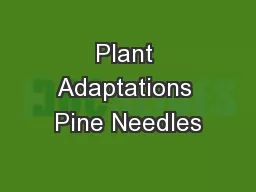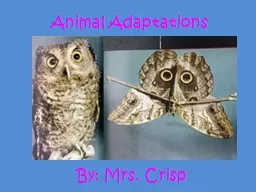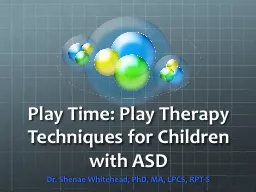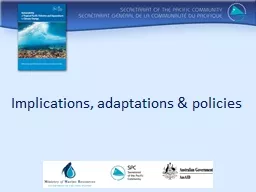PPT-ASD: Presentations in the therapy room and the adaptations practitioners can make
Author : summer | Published Date : 2024-01-03
Eirian Teague bEFORE WE START AN INVITE TO reflect on your personal understanding of asd Presentation aims To explore what is Autism Spectrum Disorder and recent
Presentation Embed Code
Download Presentation
Download Presentation The PPT/PDF document "ASD: Presentations in the therapy room a..." is the property of its rightful owner. Permission is granted to download and print the materials on this website for personal, non-commercial use only, and to display it on your personal computer provided you do not modify the materials and that you retain all copyright notices contained in the materials. By downloading content from our website, you accept the terms of this agreement.
ASD: Presentations in the therapy room and the adaptations practitioners can make: Transcript
Download Rules Of Document
"ASD: Presentations in the therapy room and the adaptations practitioners can make"The content belongs to its owner. You may download and print it for personal use, without modification, and keep all copyright notices. By downloading, you agree to these terms.
Related Documents

